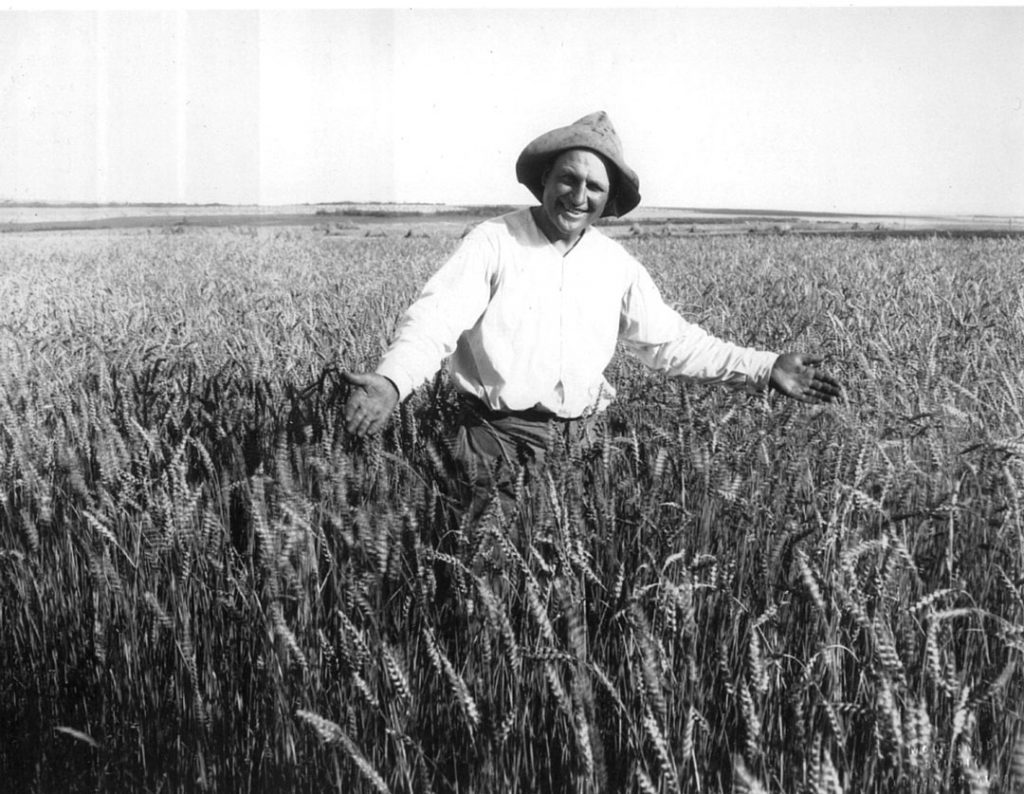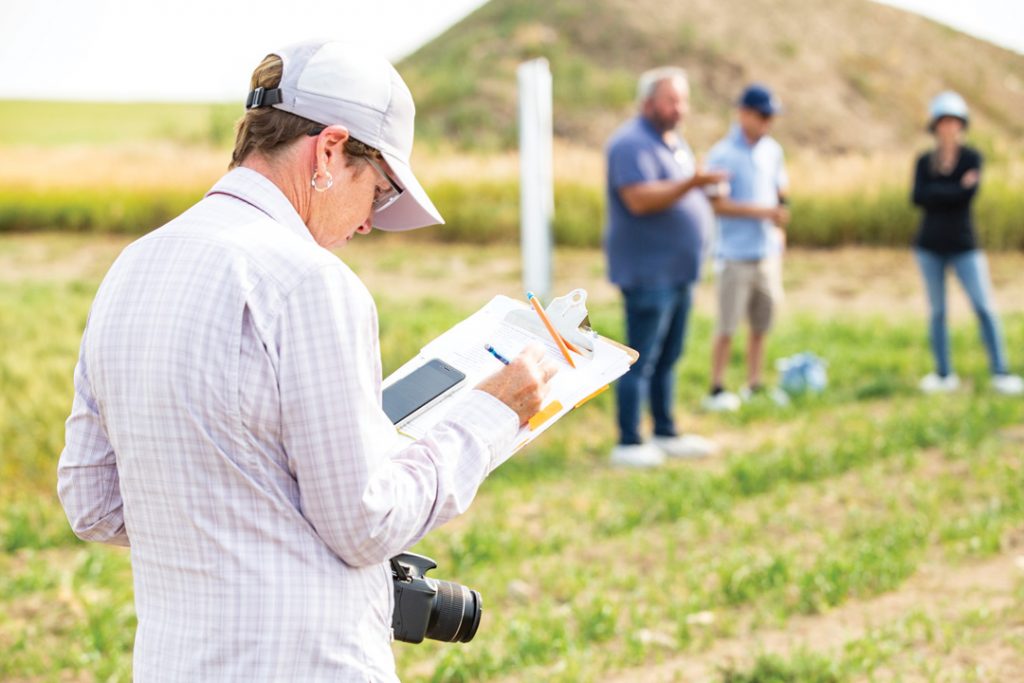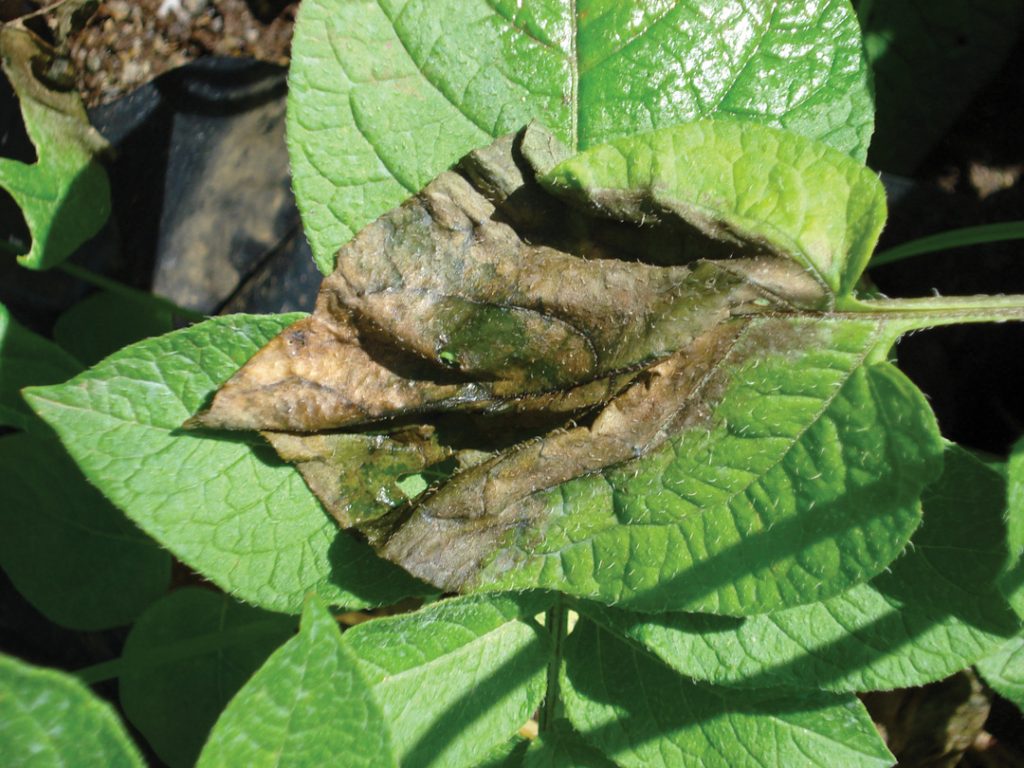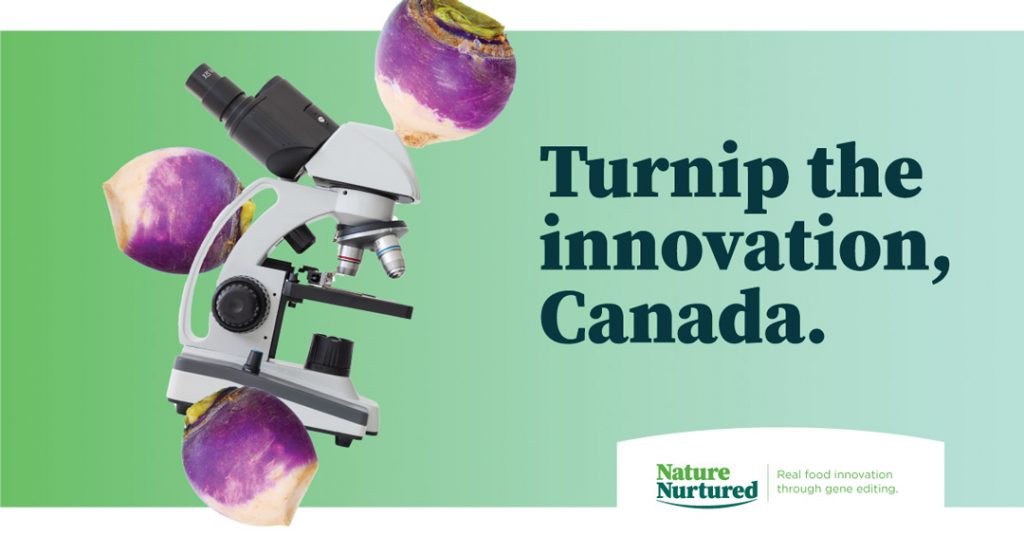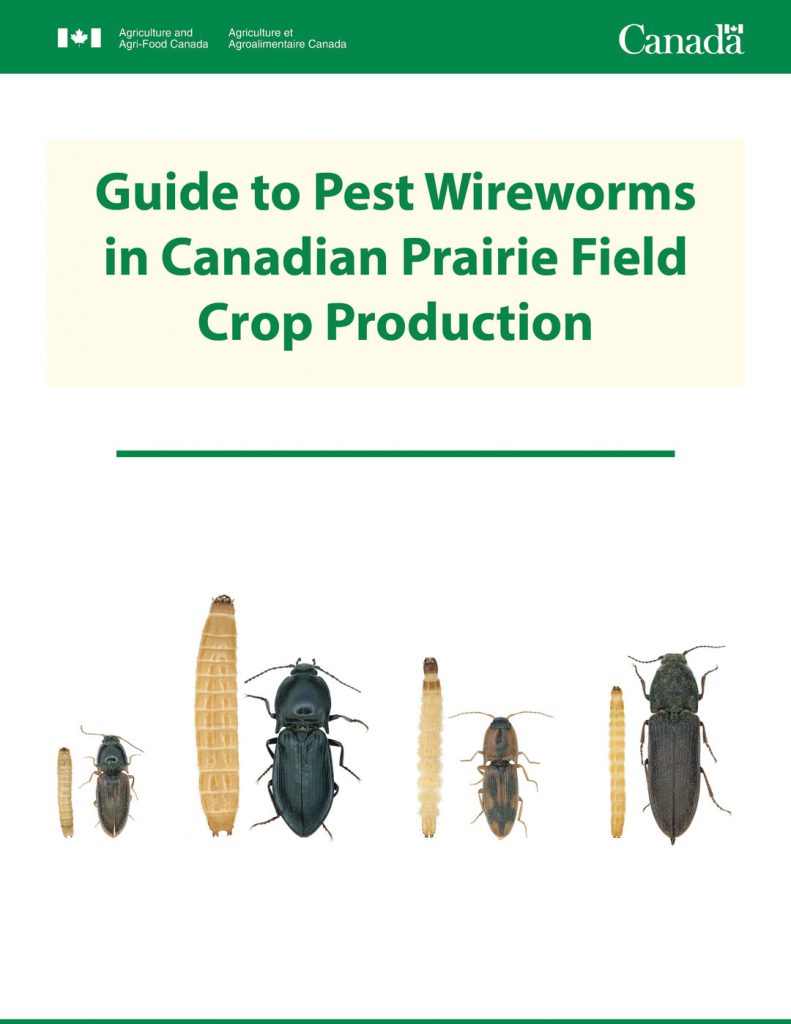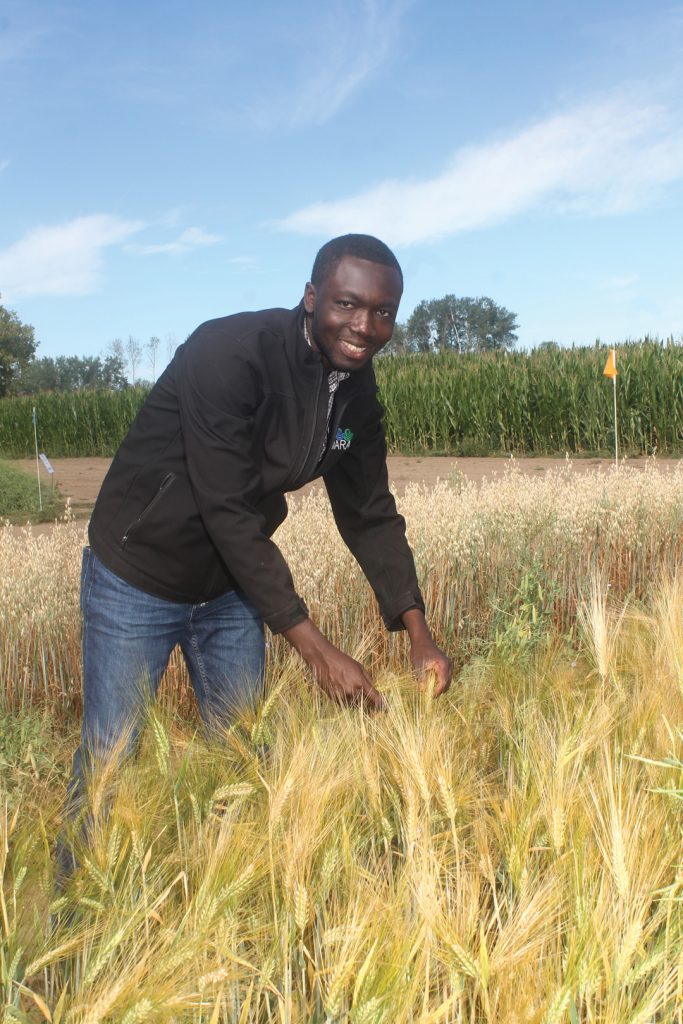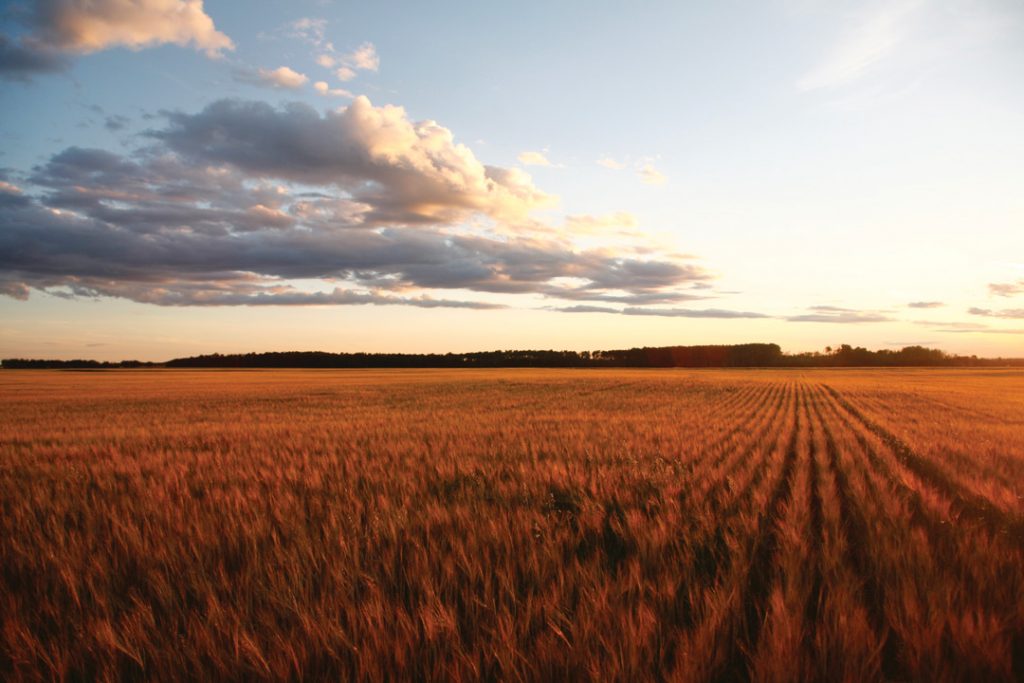POWERHOUSE POTENTIAL
The 2020/21 crop year was good for Canada’s barley industry. According to Statistics Canada, production hit 10.74 million tonnes, the highest level since 2008 when tonnage topped 11.78 million tonnes. The 2020/21 crop is also up 50 per cent from 7.11 million tonnes in 2014, a year that saw the lowest barley production in Canada since 1967.





